
L'Oreal STEAMPOD 3.0
₦525,000
The SteamPod 3.0 brand L'Oreal Professionnel is a steam straightener of the third generation, that instantly transforms your hair with the integrated steam technology: the sweetest and most powerful style your hair.
- It smooths and styles 2x faster and reduces damage by 78% compared to a regular straightener.
- It helps you achieve a long lasting look, natural results and silkier hair.
2X FASTER & SMOOTHER
L'OREAL STEAMPOD 3.0
CUSTOMER SERVICE
+2349099332816
STORE BASE
Ikota, Vgc Ajah
FREE SHIPPING
For Lagos orders above ₦35,000
DELIVERY
All 36 states














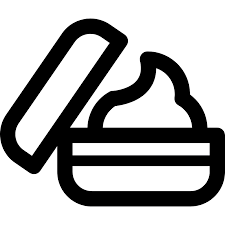


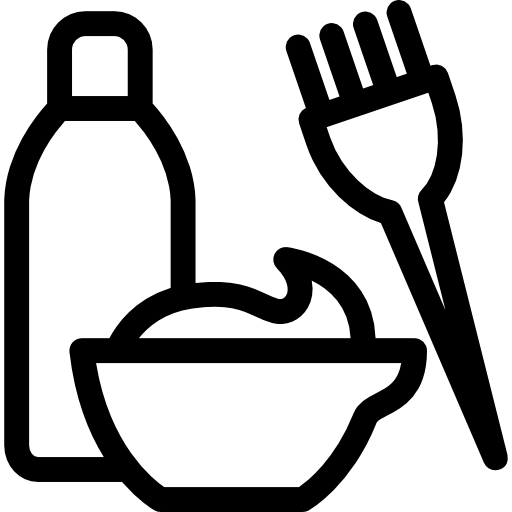
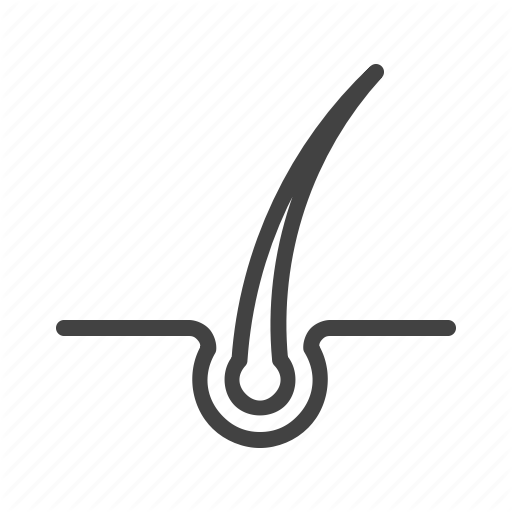


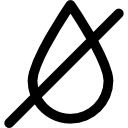
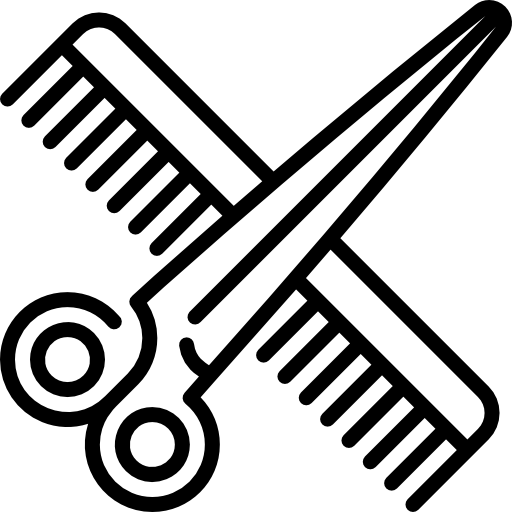






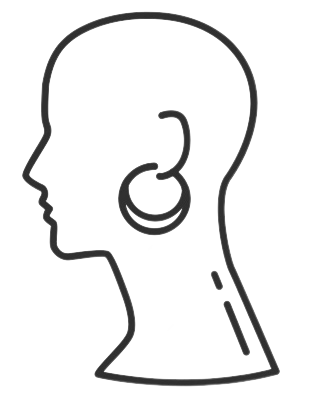

This is actually a nice blog, good job.